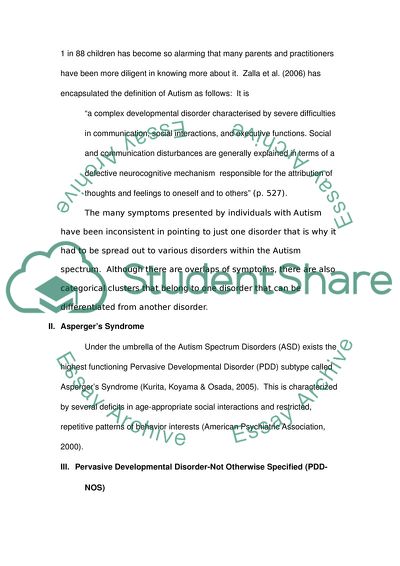Cite this document
(“Autism Essay Example | Topics and Well Written Essays - 6250 words - 1”, n.d.)
Retrieved from https://studentshare.org/family-consumer-science/1624805-autism
Retrieved from https://studentshare.org/family-consumer-science/1624805-autism
(Autism Essay Example | Topics and Well Written Essays - 6250 Words - 1)
https://studentshare.org/family-consumer-science/1624805-autism.
https://studentshare.org/family-consumer-science/1624805-autism.
“Autism Essay Example | Topics and Well Written Essays - 6250 Words - 1”, n.d. https://studentshare.org/family-consumer-science/1624805-autism.


